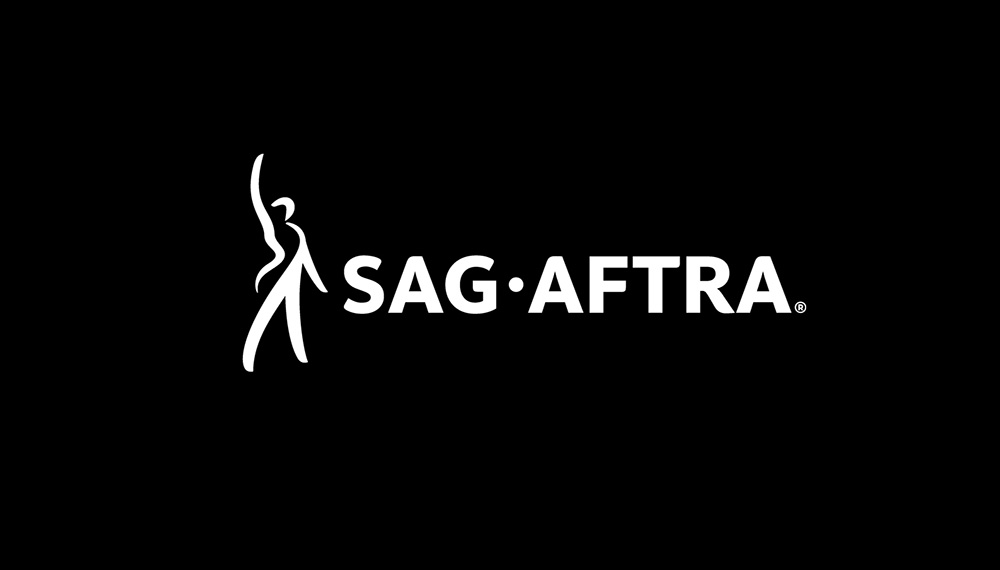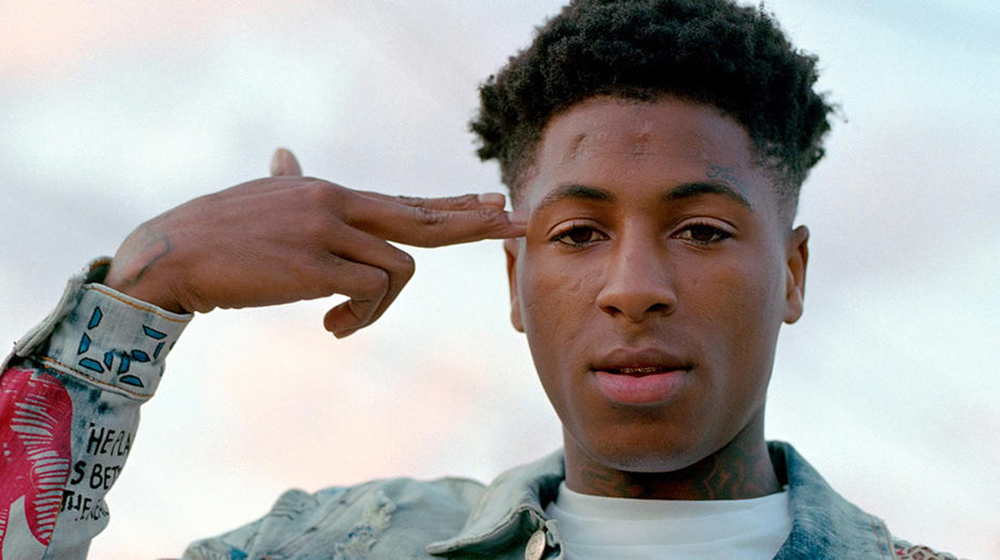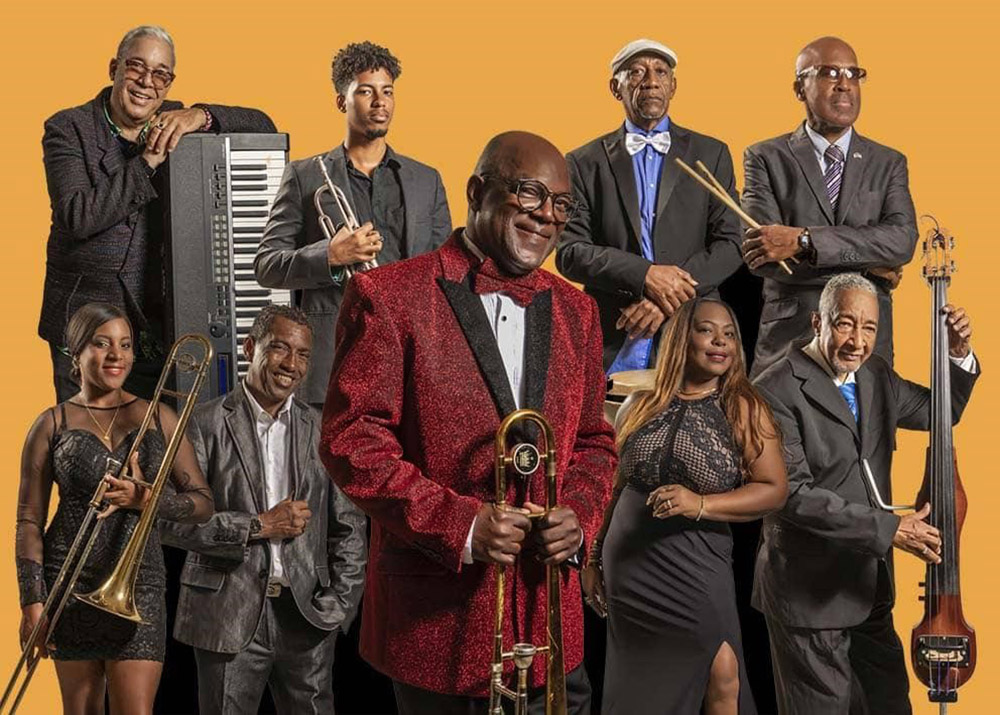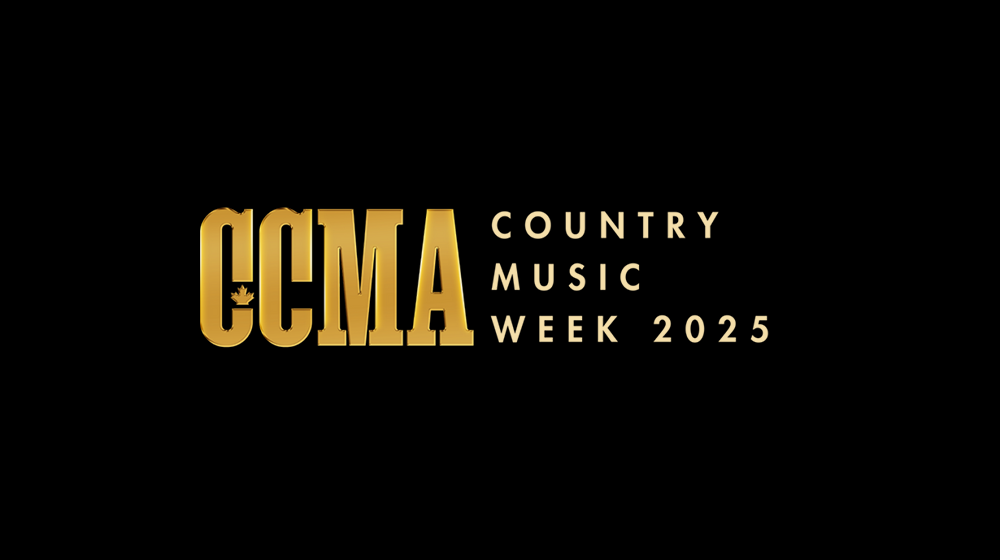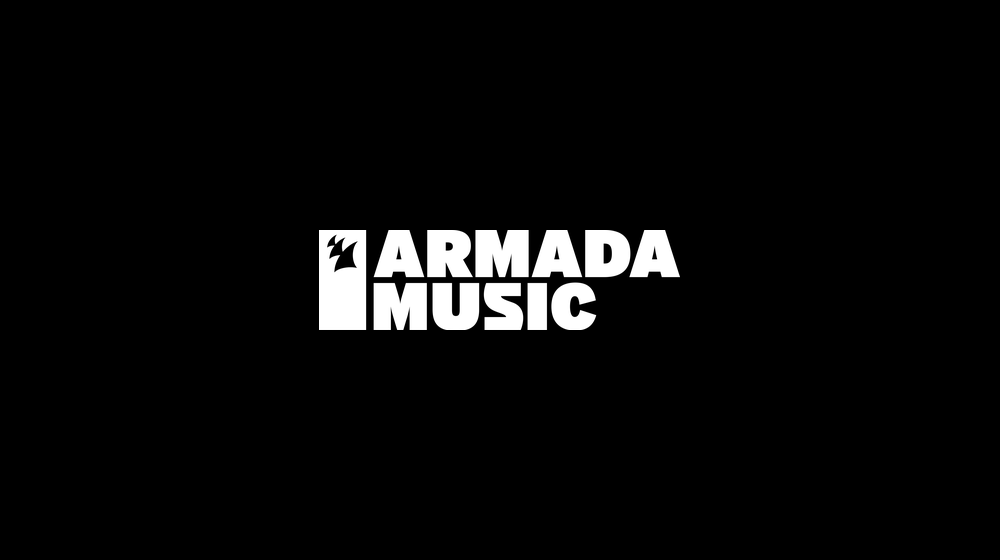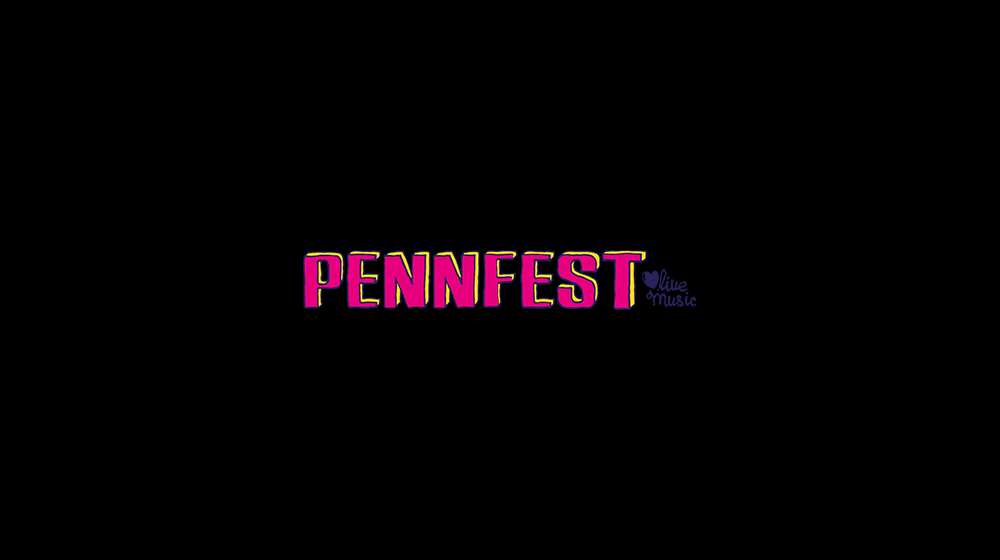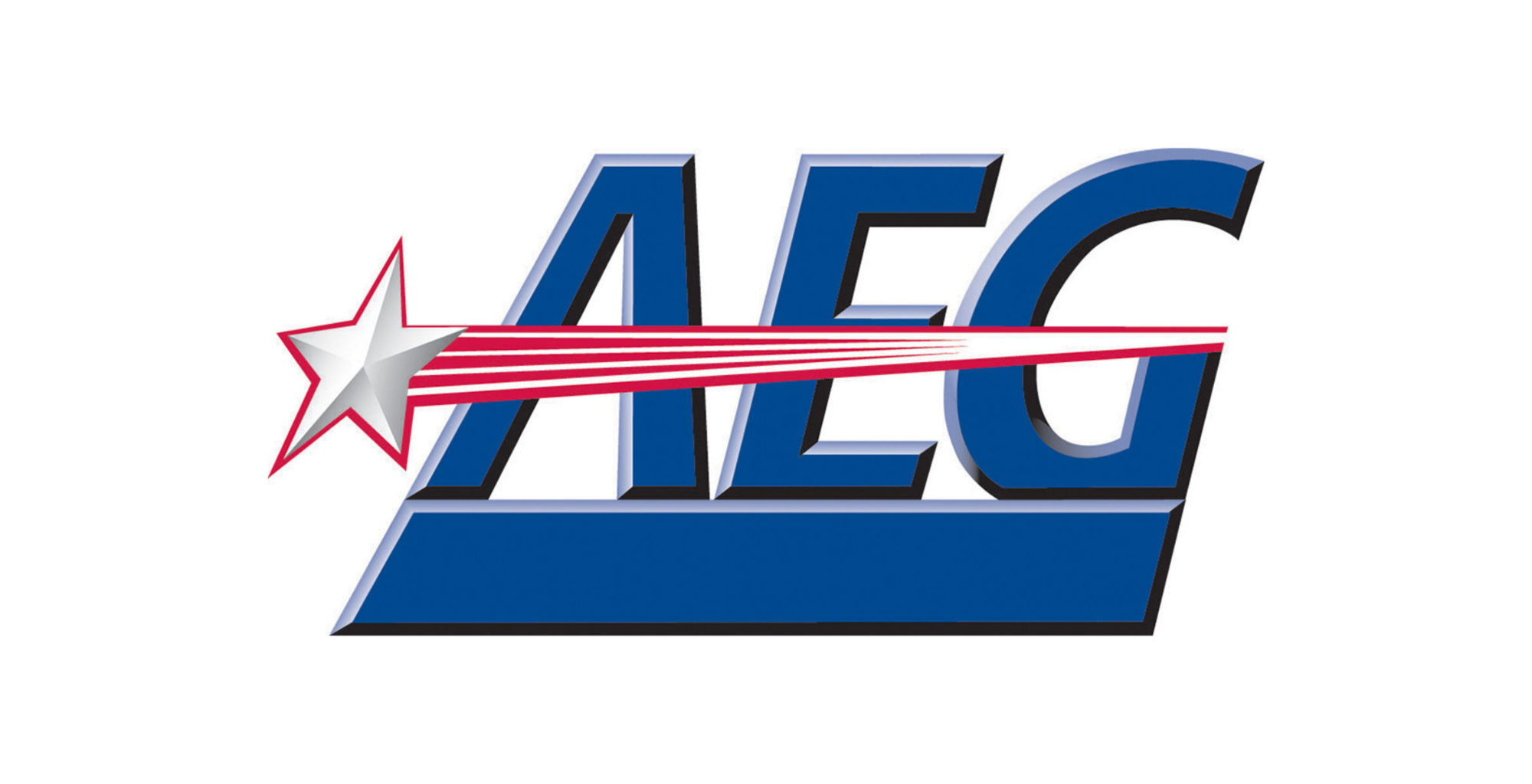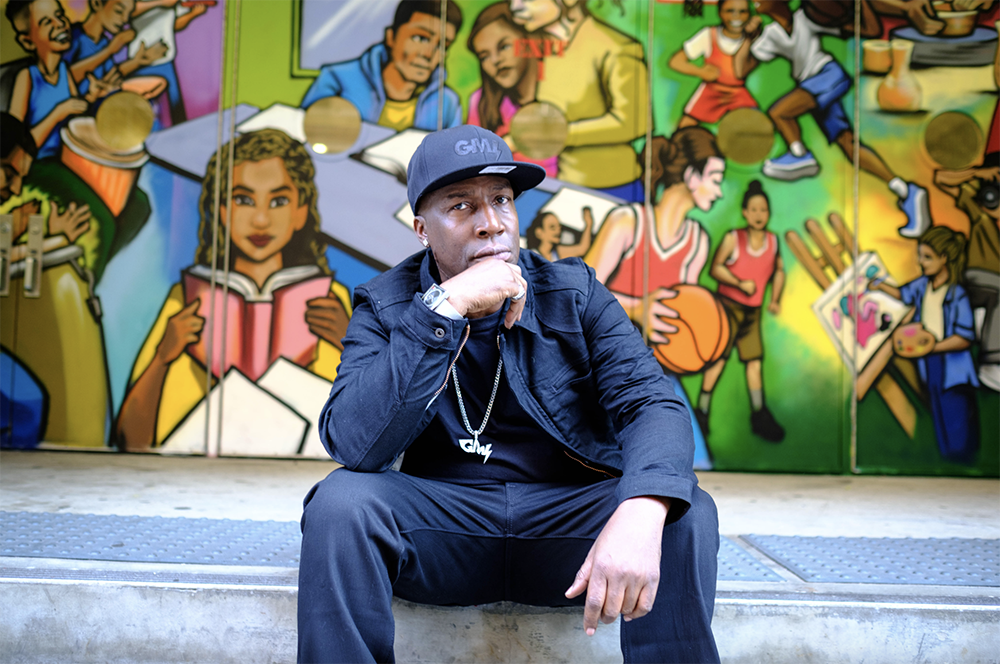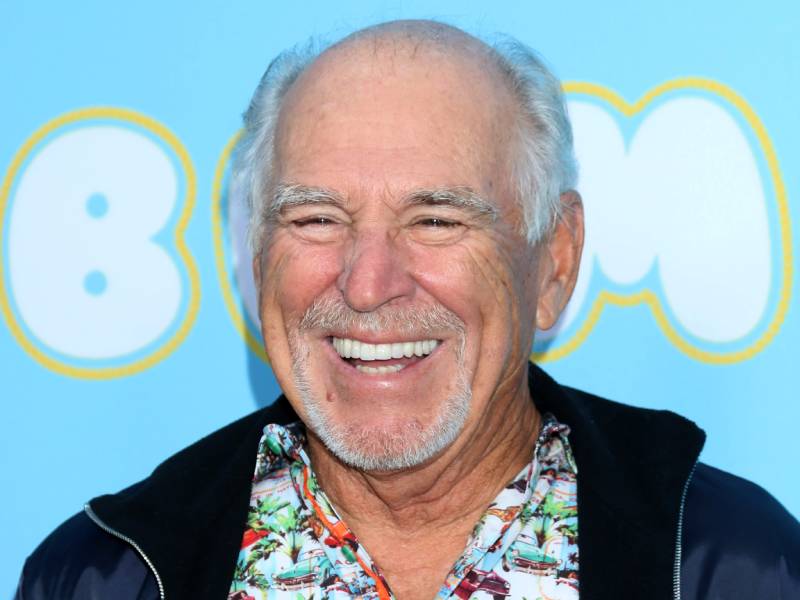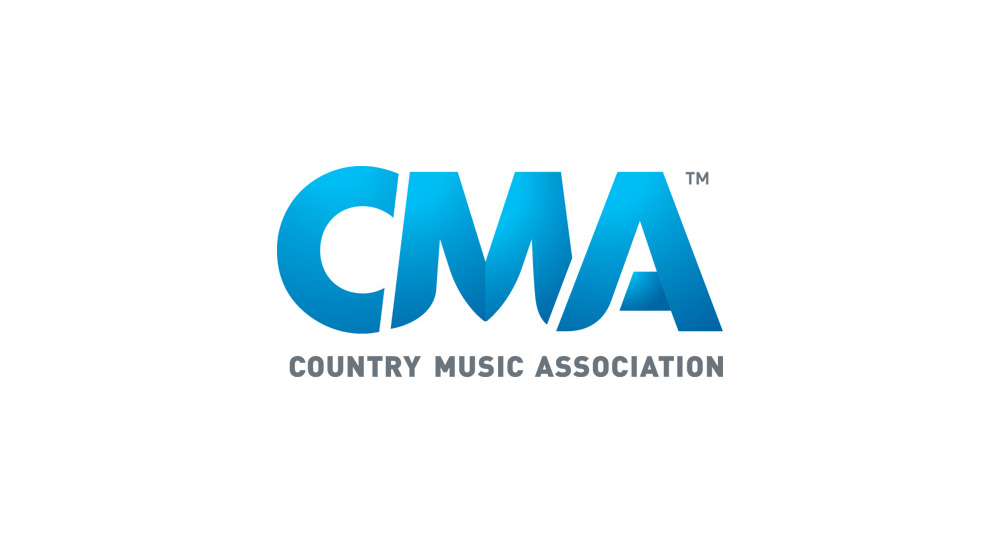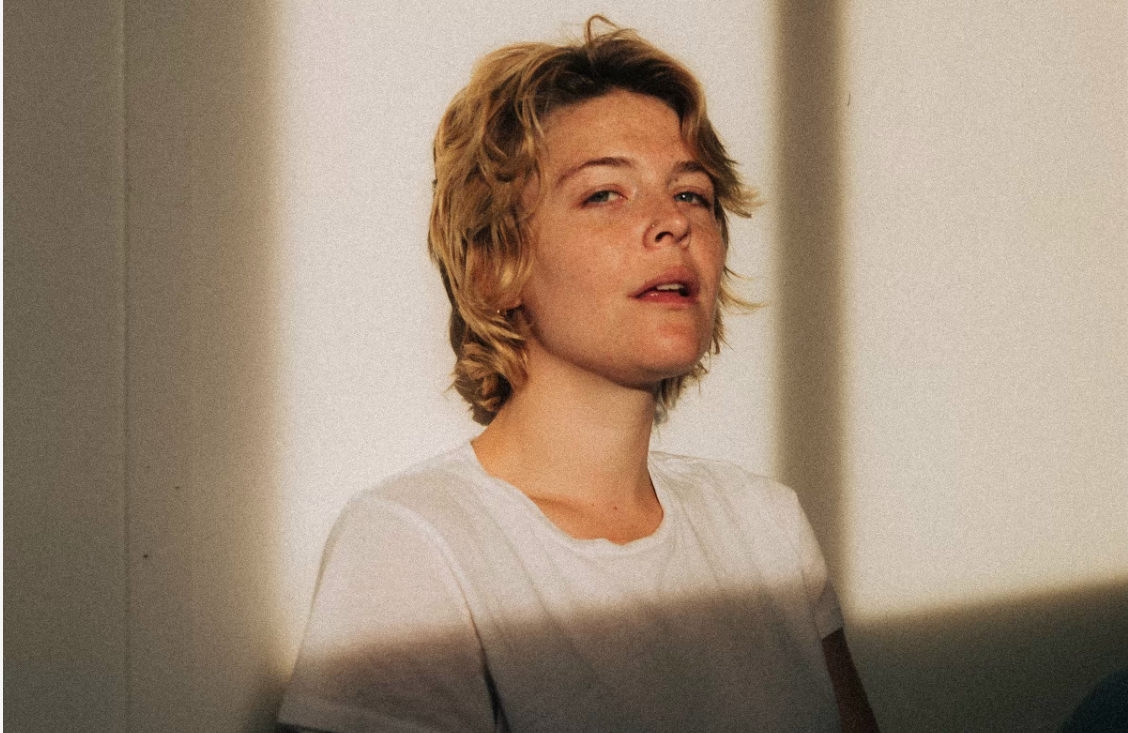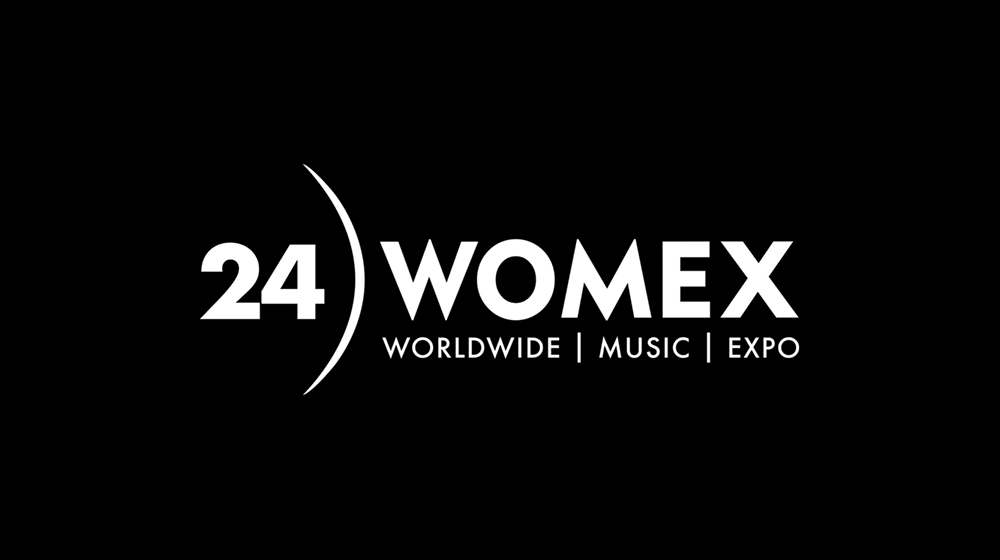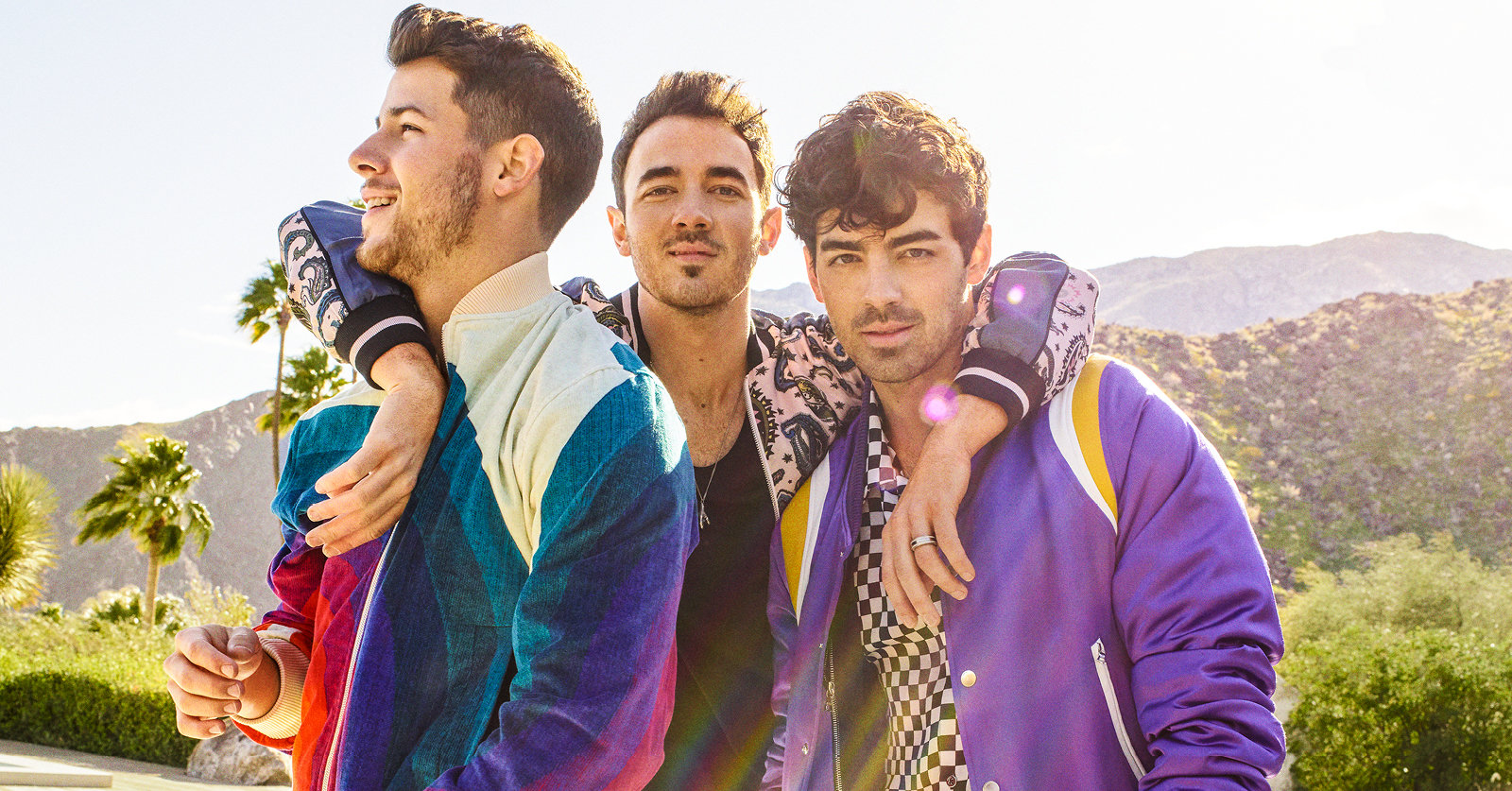(Hypebot) — “The ‘streaming is evil’ narrative is doing more harm than good, particularly for independent artists,” writes Anthony Maker
By Anthony Maker of Group Projects
I’m constantly amazed by the persistence of the narrative that “music streaming doesn’t pay” — because it’s not simply true.
Articles like this one from New York Times entitled “Streaming Saved Music. Artists Hate It.”, which claims that “The losers are the 99 percent of artists who aren’t at Beyoncé’s level of fame.” This is a vast oversimplification.
Or this one from Rolling Stone that claims that streaming has widened the income disparity between smaller and bigger artists. This one does contain some nuance, but mostly misses the point. It regurgitates commonly held harmful beliefs about music streaming (“Streaming services don’t share what percentage of streams come from editorial playlists, but our guess is somewhere around… a lot.”).
This week, the headlines of Neil Young removing his catalog from Spotify in protest of Joe Rogan has reignited the social media outcry against Spotify. Many are joking that Neil Young is forgoing pennies of revenue with his decision. Some are calling for boycotts. Most are posting inaccurate or misleading information entirely
For the record, Neil Young’s catalog earns about 13M streams per month on Spotify alone, which is a little under $45,000 per month. When you take this into account, his stance against Spotify actually becomes quite admirable. Of course, the irony is that far too many people don’t understand how music streaming economics work to actually appreciate his point.
Obviously, Neil Young made his move out of principle, not economics, but the headlines have yet again stirred up the “streaming doesn’t pay” myth.
I can admit that the details of how artists get paid from music streaming is convoluted. However, the oversimplification of streaming economics has done more harm than good. It isn’t simply a problem of misunderstanding either; the perpetuation of the narrative leads many artists to agree to unattractive deals with labels, distributors, and other parties that understand the true value of music streaming.
The economics of music streaming
Let’s look at the mathematics of music streaming across the different levels of the distribution chain.
First, streaming services: In 2020, Spotify paid out 74.42% of its revenue to all rightsholders, which includes record labels, artists, publishers, and songwriters. The fact that Spotify is paying out 74% of its revenue is a hindrance to its scalability; in other words, because their content costs are so large and directly tied to their revenue, there is a greater difficulty for them to achieve economies of scale. This hardly qualifies as greedy.
Let me be more clear on this point: Spotify is paying out almost 75% of its revenue to rightsholders and has never been profitable. How does that possibly qualify as reprehensible for so many people? Perhaps all that money is ending up in the pockets of intermediaries who are not the creators of the music.
Another important note: streaming services do not pay a set “per stream rate” despite how it tends to be reported in the media. It is a calculation based on a percentage of revenue. In practice, this means that the movement to boycott Spotify and others essentially shrinks the pot and hurts everyone, including artists.
~64% of Spotify’s revenue is paid to master rightsholders (record labels, distributors, and artists), and amounts to a de facto per-stream rate of $0.0034. That number fluctuates based on Spotify’s revenue, but generally hovers around that number.
Side note: The remaining ~10% is paid to composition rightsholders (publishers and songwriters) through a variety of intermediary channels. Publishing royalties are a complicated matter that are beyond the scope of this piece and probably deserves their own write-up. Nonetheless, royalties paid to composition rightsholders roughly equate to another $0.0005-$0.0010 on top of the $0.0034 that is paid to master rightsholders.
Moving down the chain from the streaming services to master rightsholders: Labels, distributors, and eventually the artists themselves.
In the case of major record companies: Under the typical record deal, labels collect 75-85% of this $0.0034/stream rate. Artists are paid a 15-25% royalty after massive costs and deductions are recouped. Many of the complaints from media outlets and the Twitter mob have arisen from these deals, in large part because people don’t understand them. There are many examples of artists with hit records that streamed hundreds of millions of times who never saw a dime from streaming royalties. On the surface, I can understand why that feels unfair. But that doesn’t automatically mean that music streaming itself is to blame. People often fail to mention the sometimes 6- and 7-figure advances those artists were paid when they signed their deals, in exchange for handing over their masters and enormous percentages. Complaining about payouts without considering the details of these agreements is neglecting a crucial aspect of the situation and contributes to a false narrative.
Next, there is a mezzanine level of independent labels, as well as distributors that offer “label services”:
These include deals that are more favorable to the artist, including 50/50 “net profits” agreements in which the record label splits streaming royalties with the artist evenly after costs are recouped by the label. Usually, these deals are licenses for a period of time, meaning that the artist still retains ownership of their master recordings and eventually returns to earning 100% of their royalties.
There are also “distribution deals” in which an artist signs over a small percentage of their master royalties (usually 10-20%) in exchange for services and in some cases, small amounts of funding.
Again, the structures and details of these agreements are usually omitted when media outlets and celebrities write about music streaming economics. Instead, it’s easier to cast the blame on the music streaming services themselves, rather than give proper analysis to the nuances of the music distribution chain.
The growing class of purely independent artists
A growing number of artists rely on no label or distributor and simply upload their music directly to streaming services with the help of a “DIY” distributor, such as DistroKid or Tunecore. These distributors take 0% of the streaming revenue and the artists retain 100% of the earnings from their music.
By streaming 1M-2M streams per month at the $0.0034/stream rate, an independent artist can generate several thousand dollars per month. In the world of streaming, this isn’t an unrealistic number to achieve. At this level of catalog activity, an independent artist can earn $3000-$6000 per month. There are various strategies to reach this level, but the typical 100% independent artist has learned to tap into the powerful recommendation algorithms of streaming services by releasing music frequently and consistently.
Sometimes it can take years to get to this level of streaming, but it is possible. However, too often artists get inpatient and sign away their rights and royalties before they ever get to the level where those decisions are substantially impacting their bottom line.
Much more interestingly, there is a growing number of artists that are earning significantly more than a livable wage. Many artists who own 100% of their catalogs are earning 5-figures monthly. It’s not as uncommon as you might think.
In fact, the number of artists whose catalogs are earning $50K+ per year has been consistently going up over the last several years.
There has never been a greater opportunity in the music business for an artist to release their own music and earn a livable income directly from it. Which is why it’s so hard for me to understand why so many continue to push the opposite narrative.
A note on “gatekeepers” and editorial playlists
Human-curated editorial playlists are sometimes used to support the assertion that music streaming services are just new forms of the age-old problem with music industry gatekeepers. They are portrayed as the new power brokers that contribute to disparity in the music marketplace.
The influence of these playlists is greatly overestimated, which has caused a general obsession within the industry with getting music placed on them. It is true that some playlists do have massive audiences and can generate significant amounts of streaming activity. However, most of the streaming activity in healthy artist profiles tends to come from algorithmic recommendations and engaged fanbases, not decisions made by human curators. A “healthy” artist profile is one that is not over-leveraged by editorial playlists, i.e., it does not overly rely on editorial playlists for streaming activity. Anything above 25% of streams from editorial playlists starts to become questionable and unsustainable.
Music streaming – and more importantly its algorithms – have largely removed many of the gatekeepers of the old music business that historically have stood in the way of artists getting their music in front of audiences — record labels that controlled the distribution networks and funding to create physical product, radio program directors that controlled the airwaves, etc. In today’s music streaming environment, an artist can upload their music to streaming services and benefit from the sophisticated recommendation algorithms that are agnostic to which label released the music or which tastemaker programmed it.
In my experience, the false belief that editorial playlists are necessary for a successful streaming career almost single-handedly contributes to artists signing over their rights and royalties to various distributors, labels and other third parties. These playlists have been deemed so important by the industry that artists regularly justified their decisions to hand over percentages or to pay absurd amounts to third parties promising to “pitch” their music to editorial playlists.
Finding a signal through the noise
There is still a vast number of artists that don’t see much streaming activity – the Rolling Stone article I mentioned above points out that about 1% of all artists account for about 99.4% of the streams. That is still a vast improvement from the days of radio and physical albums sales that required a chain of gatekeepers and vast financing to surface music to audiences.
DistroKid, Tunecore, and CD Baby – which together are the three main independent distributors – have a combined 1.9M artists. If only 1% of those 1.9M artists account for 99% of the streams, that’s still a promising 19,000 independent artists that are reaping the rewards of streaming’s reality.
That same Rolling Stone article points out that there is more music being released now than ever – about 40,000 tracks are released to Spotify every day. And granted, the 1.9M artists that I just mentioned is quite a large number. However, to argue that every one of these tracks and artists deserves an equivalent number of streams and equal treatment simply ignores common sense. The reality is that some music is simply better quality (and a lot of it is pure garbage). Some music is recommended to more people by the streaming services’ algorithms because it’s earned positive engagement from listeners. And there’s inherently more noise in the market because it’s the easiest and cheapest it has ever been for artists to distribute their music.
The proliferation of more music in the marketplace does not support the idea that music streaming is somehow creating an income gap in the industry. Rather, it is evidence of many of the old barriers to entry being broken down by digital music streaming and the distribution methods.
The next generation of artists
I don’t disagree that there is a serious problem with major record companies and other intermediaries remaining the main profiteers of music streaming, considering what is possible independently.
However, many articles and social media posts I’ve seen over the last few years in our industry obscure the reality that exists for independent artists. They unfairly cast blame on the music streaming services, particularly Spotify, and neglect to address any of the distribution chain. They downplay the tremendous success that thousands of independent artists are experiencing from music streaming.
The artist Russ has notably been a vocal advocate for the independent approach, and frequently posts screenshots from his TuneCore account to help artists understand the reality. He may be an extreme example financially, but the possibilities for truly independent artists are real and attainable.
More journalists and others with influence in our industry should make more of an effort to factor in the nuance of the economics and shed more light on the independent approach. This would encourage and embolden more artists. I’d love to see more young artists inspired to release more music and realize that a path towards a livable income is not as uncommon as the media and the Twitter mob might want them to think.






















